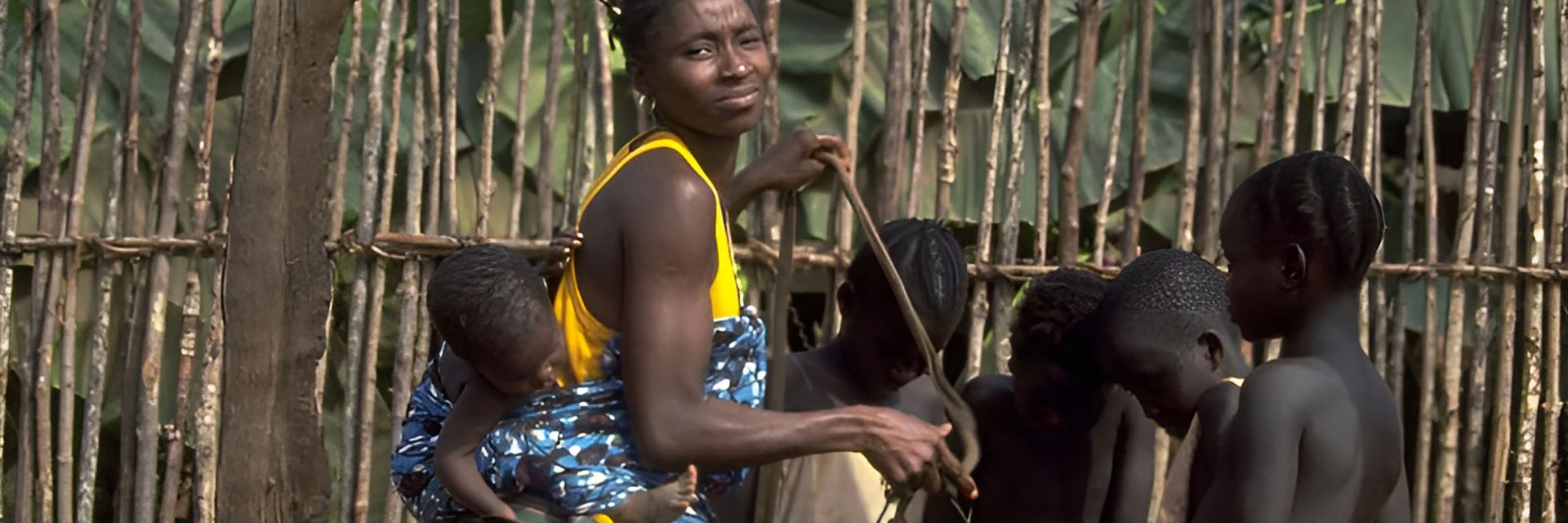Region of Tombali, Guinea-Bissau
In collaboration with

2011
In the Tombali region, we build and rehabilitate gender-segregated water and sanitation facilities for schoolchildren.
Objectives
- Reduce water-related diarrhoea, diseases and deaths among children in 35 primary schools and on a community level throughout the region.
Beneficiaries
19,000 direct
10,000 childs and 9,000 adults

On the ground
Lack of drinking water and sanitation facilities. Lack of education in schools about hygiene practices. High infant mortality due to diarrheal diseases related to the lack of drinking water.
In detail
In the Republic of Guinea-Bissau, which has a population of 1,414,000, child mortality has increased by 80% since 2000 as a result of malnutrition, respiratory infections, malaria and diarrhoea. Only 39% of children under the age of five sleeps under mosquito nets treated with insecticide, whilst 4% suffers from malnutrition and 19% from moderate malnutrition.
Information on hygiene indicators is not yet available, but cases of cholera outbreaks illustrate the inadequate access to drinking water and lack of understanding and good hygiene practices.
Benefits: Education, sanitation facilities and supply systems
- At least 10,000 pupils in 35 primary schools and 9,000 people in nearby communities benefiting from water supply systems as a result of the construction of a similar number of improved water sources, including five solar water supply systems.
- At least 10,000 pupils benefiting from appropriate sanitation facilities and safe hygiene practices as a result of the construction of 70 individual latrines with hand basins.
- 175 people trained to maintain the water points and in good water management at 35 schools.
- 35 “Child to Child” sanitation clubs created for 525 pupils (boys and girls).

